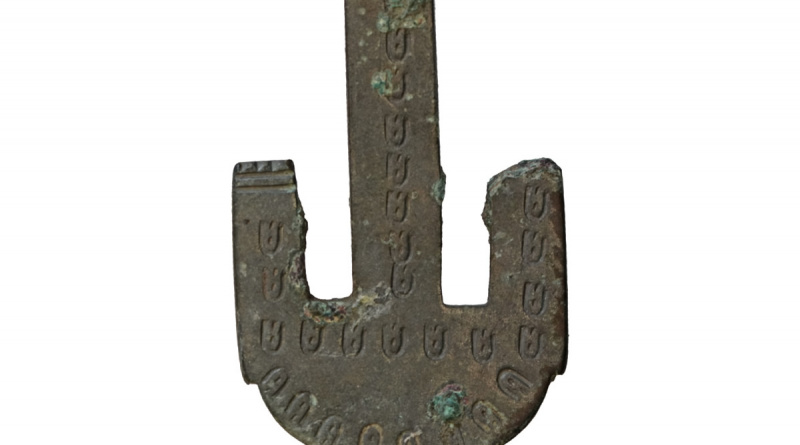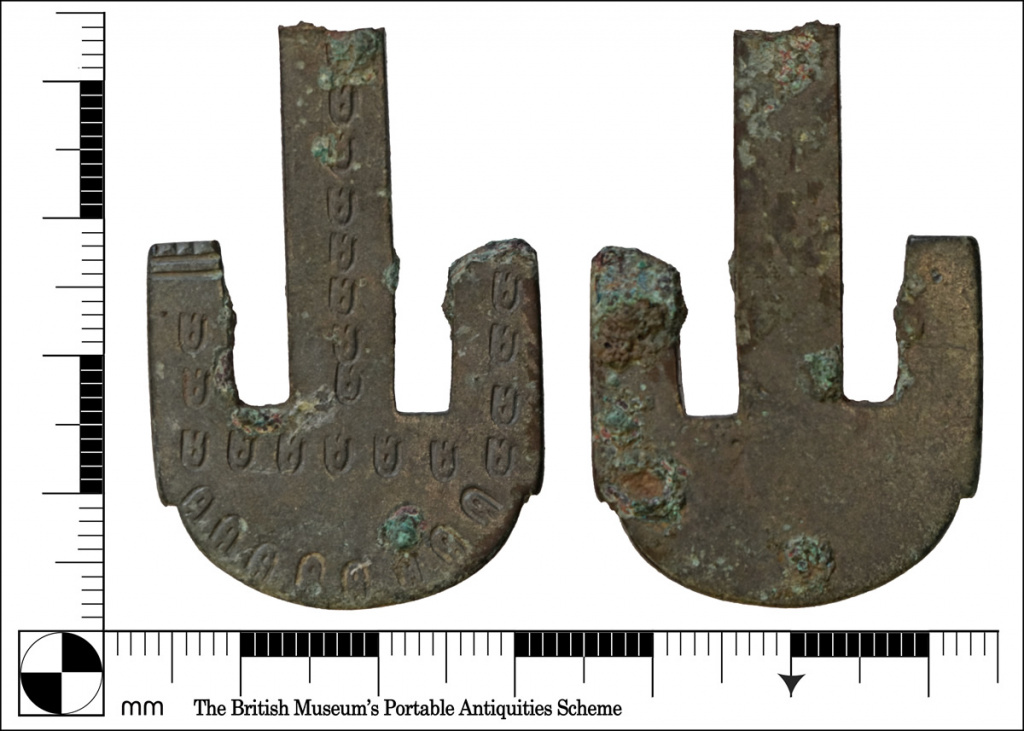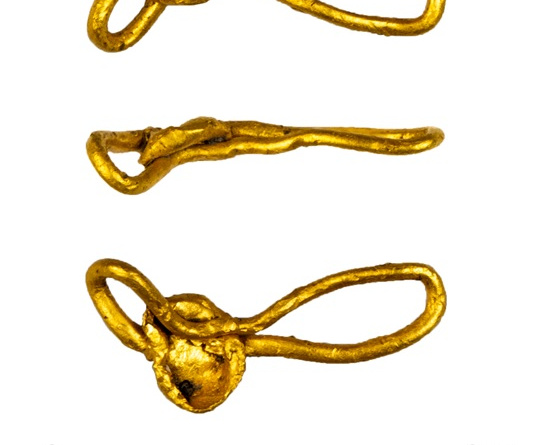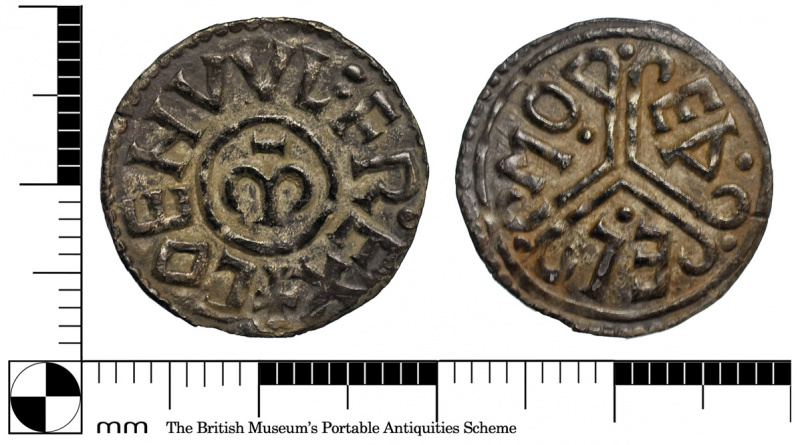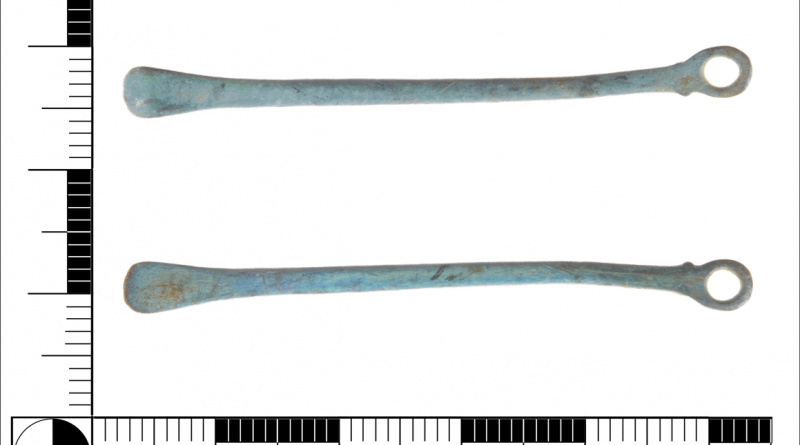PAS Finds: week ended 8 July 2002
PAS Finds: week ended 8 July 2002
My selection of the detecting finds recorded at the PAS in the week ended 8 July 2002.
Featured Find
Anglo-Saxon girdle-hanger
Girdle-hangers date from the early Anglo-Saxon period (AD 450 – 600). They commonly occur in pairs, mainly worn by woman and usually buried with them.
Distribution of finds
Girdle-hangers are one of those finds that are reasonably familiar in some parts of the country and unknown in others. They are mainly found in East Anglia and up the east coast and into the East Midlands.
Key shaped
Their form is derived from iron keys with similar “T” or “W” ends, which had been around since the Iron Age. Although they imitated these functional keys these girdle-hangers were not intended for any practical use; as confirmed by the lack of usage wear and thin construction of found examples. There is no evidence which indicates that they were used to suspend other items.
Girdle-Hanger purpose
Symbols of authority
As gridle-hangers served no functional purpose they must have been used to convey some information about the wearer’s status or position in society. The most widely held view is that they symbolised the women’s authority over the household and its resources. This idea of women running the house was widespread in 11th century Europe and was recognised in the early 7th century laws of Aethelbert of Kent. Also, high status Anglo-Saxon women would sometimes be buried with functional keys which chimes with the idea that keys represented economic authority.
Keys to another world
However, Kathrin Felder in her 2015 paper Networks of Meaning and the Social Dynamics of Identity. An Example from Early Anglo-Saxon England suggests an alternative purpose. She notes that although a few girdle-hangers are found in wealthy female burials the majority were in much more simpler affairs. Keys are used as symbols to unlock spiritual doors and Kathrin suggests “It is possible that they were worn by women who had medical knowledge and spiritual authority in allowing human life to enter and leave this world safely, and who dealt with the disruptive events of birth and death within early Anglo-Saxon communities“
This does seem a better explanation to me.
Reference

